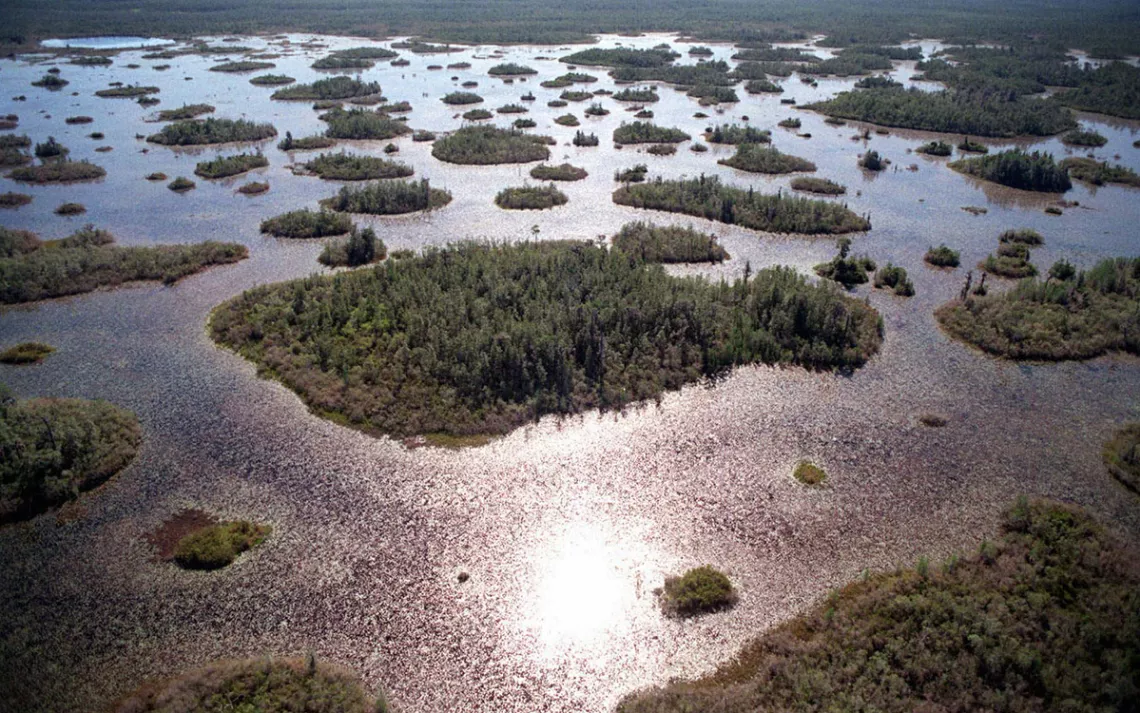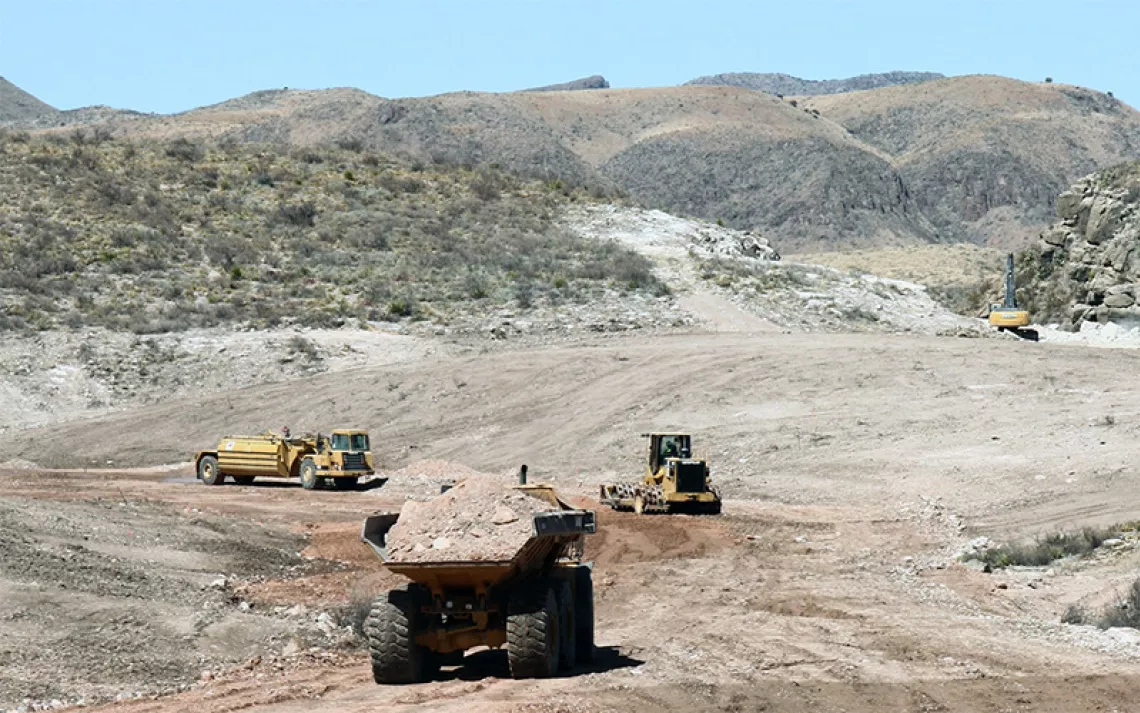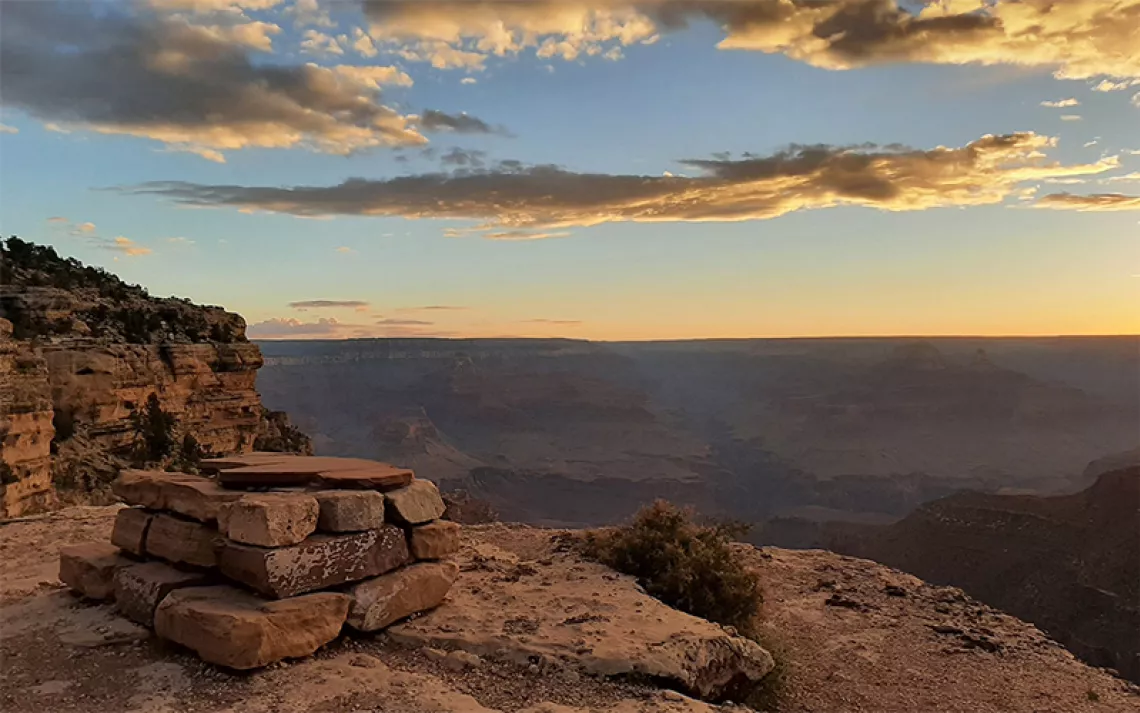Environmentalists Push to Protect the Okefenokee Swamp From Titanium Mining
Georgia is considering whether to allow a mine to be built next to critical wetlands

The Okefenokee National Wildlife Refuge in southeast Georgia. | Photo by Stuart Tannehill/AP Photo/Florida Times-Union
More than 20 years after environmental activists successfully prevented mining near the Okefenokee National Wildlife Refuge, the iconic swamp is once again facing the same threat.
Covering over 400,000 acres, Okefenokee Swamp is among the world’s largest intact freshwater wetlands. It’s a biodiversity hotspot that provides homes to threatened and endangered animals as well as over 600 species of plants. Twin Pines Minerals, LLC is currently seeking approval to build a titanium dioxide mine in the sandy soils along the eastern edge of the swamp. Environmental activists, scientists, and local residents say the company couldn’t have picked a worse spot for the mining operation and warn that the mine will alter the flow of water into the Okefenokee Swamp and other critical wetlands.
Sam Collier, chair of the Sierra Club Georgia Chapter’s Committee to Protect the Okefenokee, is especially worried that the proposed titanium mining will reduce the water level of the swamp. “The net result of what they're taking out and moving offsite will be more frequent and more severe drought,” Collier says. “And then that will lead to more wildfires. And when the peat burns, that's all carbon. So that's a huge CO2 carbon bomb that goes up when that happens.”
Local residents and conservation groups also worry that mining could impact the St. Marys River, which marks the border between Florida and Georgia and which flows from the Okefenokee Swamp to the Atlantic Ocean. “The river is pretty pristine, which also means that we have more to lose,” says Emily Floore, executive director of St. Marys Riverkeeper.
Originating in the southeast corner of the swamp, the river crosses to the south and then turns abruptly north, passing near the proposed mine site as it hugs the eastern edge of what’s known as Trail Ridge. “So if something were to happen, and say water flow is lowered or shifted, you're going to have an impact on the swamp side, which impacts the Upper St. Marys River to the west of Trail Ridge,” Floore says. “And then to the east of Trail Ridge, you have the St. Marys River again. So then you can have a double impact on two sides of the river.”
Rena Ann Peck, executive director of the Georgia River Network, points out that even if Twin Pines managed to keep environmental impacts relatively contained, the mining would certainly alter the habitats in the immediate vicinity of the mine. “It's not just about the swamp and St. Marys,” Peck says. “It's the loss of these ephemeral wetlands on Trail Ridge itself.”
While Twin Pines says that it plans to seed native plants in the area after mining is complete, Peck is skeptical of the company’s restoration plans. “They won't be planting back the mosaic of different species or be able to create the wetlands that were once there,” she says. “It's just impossible.”
Twin Pines claims that its mine will benefit the local community, such as residents of the nearby town of Folkston, by providing jobs. But Reverend Antwon Nixon, a pastor at the Mt. Carmel Baptist Church in Folkston, is skeptical. He points out that most members of his community do not have previous mining experience, and he expects Twin Pines will instead hire skilled miners from outside the community who require less training.
“To me, whatever benefits they have promised do not hold up to the negatives that could come and impact the swamp,” Nixon says. “Ultimately, it still would impact our community in a negative way.”
Peck thinks that the mine could end up threatening tourism jobs in areas like Folkston, which is near one of the main entrances to the Okefenokee National Wildlife Refuge. “Those jobs are at risk with harmful mining that could really hurt the local economy,” she says.
Twin Pines’ mining plans have inspired strong opposition. Over 40 local, state, and national environmental groups have joined forces to create the Okefenokee Protection Alliance. Faith leaders and scientists across Georgia have written open letters in opposition to the proposed mine. And local elected officials in communities including Valdosta, Kingsland, and Waycross have issued resolutions calling for the swamp to be protected.
Last month, Georgia state representative Darlene Taylor introduced a bill that would prohibit permits from being issued to future mining projects in the area. Called the Okefenokee Protection Act, the bill would not apply to the current Twin Pines permit application, but it could prevent the mine from expanding in the future.
Opponents of the mine have also been trying to leverage federal law to protect the swamp. Last November, the Southern Environmental Law Center filed a lawsuit against the US Army Corps of Engineers on behalf of the National Wildlife Refuge Association and three other conservation organizations. In their lawsuit, they argue that the proposed mine is located in wetlands that should be considered Waters of the United States (WOTUS is the unwieldy acronym), meaning that mining there would require federal permits under the Clean Water Act.
"There is one objective of the Clean Water Act: to restore and maintain the chemical, physical, and biological integrity of the nation's waters,” says Kelly Moser, senior attorney and leader of the Clean Water Defense Initiative at the Southern Environmental Law Center. “Allowing this mine to destroy wetlands critical to the health of the Okefenokee and downstream waterways is at odds with that objective."
Moser explains that while previous definitions of WOTUS would have covered the mine site, the Trump administration drastically narrowed the definition, and in the process stripped protections from wetlands across the country. The Biden administration has since revised and broadened the definition of WOTUS; a pending Supreme Court case will likely determine how “waters of the US” is defined. To date, Twin Pines has only applied for state permits and has so far managed to avoid the more stringent federal permits that would be required under the Clean Water Act.
The Army Corps of Engineers had initially determined that the mine could proceed without federal permits, but then reversed its decision last summer, stating that Twin Pines had failed to consult with the Muscogee (Creek) Nation and other Native American tribes. But just a few months later, the corps relinquished federal oversight of the mine’s approval process, leaving the permitting once more to the state. Now, the lawsuit filed by the Southern Environmental Law Center aims to bring the mine back under federal control.
Other federal officials have expressed concern about the proposed project. Last November, Secretary of the Interior Deb Haaland sent a letter to Georgia governor Brian Kemp, urging him to deny the mine’s permit. And recently, a group of eight US representatives from Georgia wrote a letter requesting that the Interior Department nominate Okefenokee for consideration as a UNESCO World Heritage Site.
Meanwhile, Twin Pines is moving ahead with seeking permitting approval for its mine from the Georgia Department of Natural Resources’ Environmental Protection Division. The division opened a 60-day public comment period and will hold two virtual public hearings on February 21 and 23 to gauge public opinion on the plan submitted by Twin Pines.
After reviewing the plan and consulting with established titanium miners, Floore says she is skeptical that Twin Pines will be able to follow through on its promises. She is also concerned by the company’s poor environmental track record and lack of relevant mining experience. “Are they really qualified to do this? Because they've never done it before,” she says. “And any kind of environmental thing that's happened, it's been bad. Would you ever trust someone like that?”
 The Magazine of The Sierra Club
The Magazine of The Sierra Club



